Working Time
| Mon-Sat | 10:30 A.M to 6:00 P.M. |
Enquiry Form
Contact us
Dental Lounge 54, Oshiwara Link Plaza, Near Oshiwara Police Station, Above Shreeji's Hotel, Jogeshwari west, Andheri (W) Mumbai-400102.
Treatment
Dental implants are a safe and efficient way to replace missing tooth/teeth and hence to achieve aesthetically and functionally desirable results which may be lost due to a missing tooth / teeth.
We use finally engineered titanium implants which are permanently secured into your jaw bone and affixed with a replacement tooth (crown).
The dental implants have a long life and their maintenance is no different from that of the rest of your natural teeth.
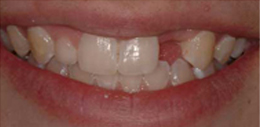
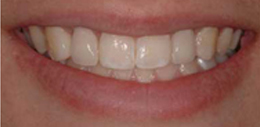
Cosmetic dentistry is a branch of dentistry that refers to a range of procedures designed to correct and beautify your smile. It involves procedures for correction of chipped, discoloured, yellow, malformed or unevenly spaced out teeth.
Some commonly done procedures in cosmetic dentistry are ,
Porcelain veneers are prefabricated thin coatings of porcelain that are bonded to the front (labial) side of your teeth. These are used to mask or cover stained, chipped oa misaligned and go a long way in improving the aesthetics of your smile.
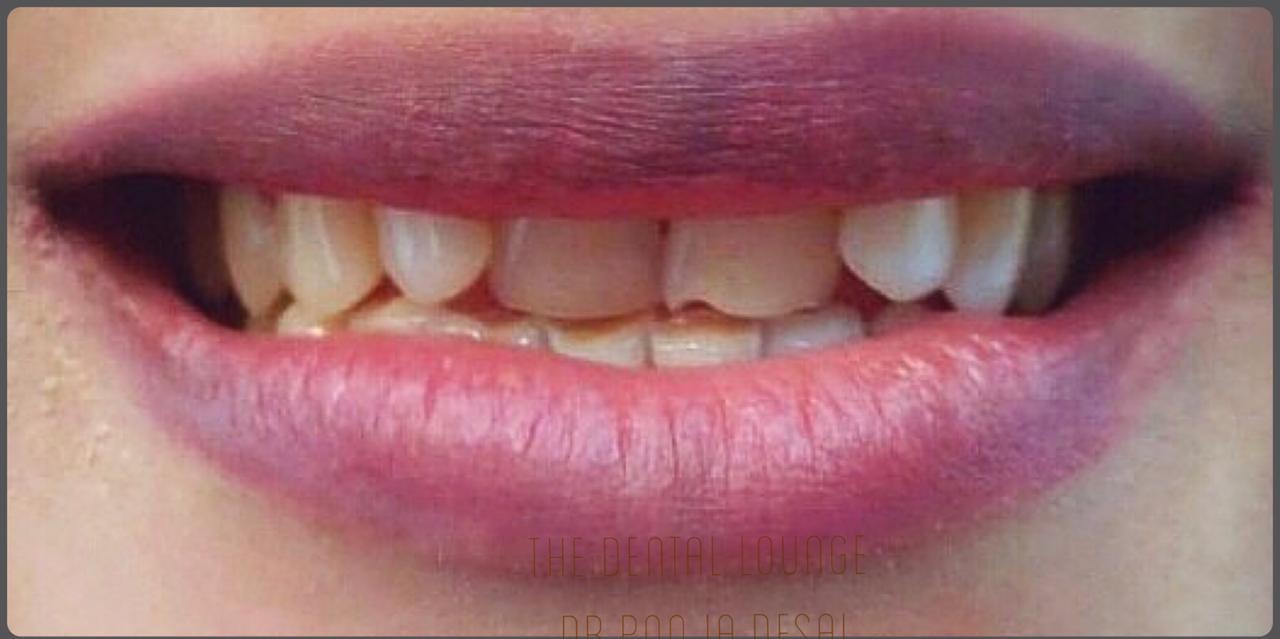
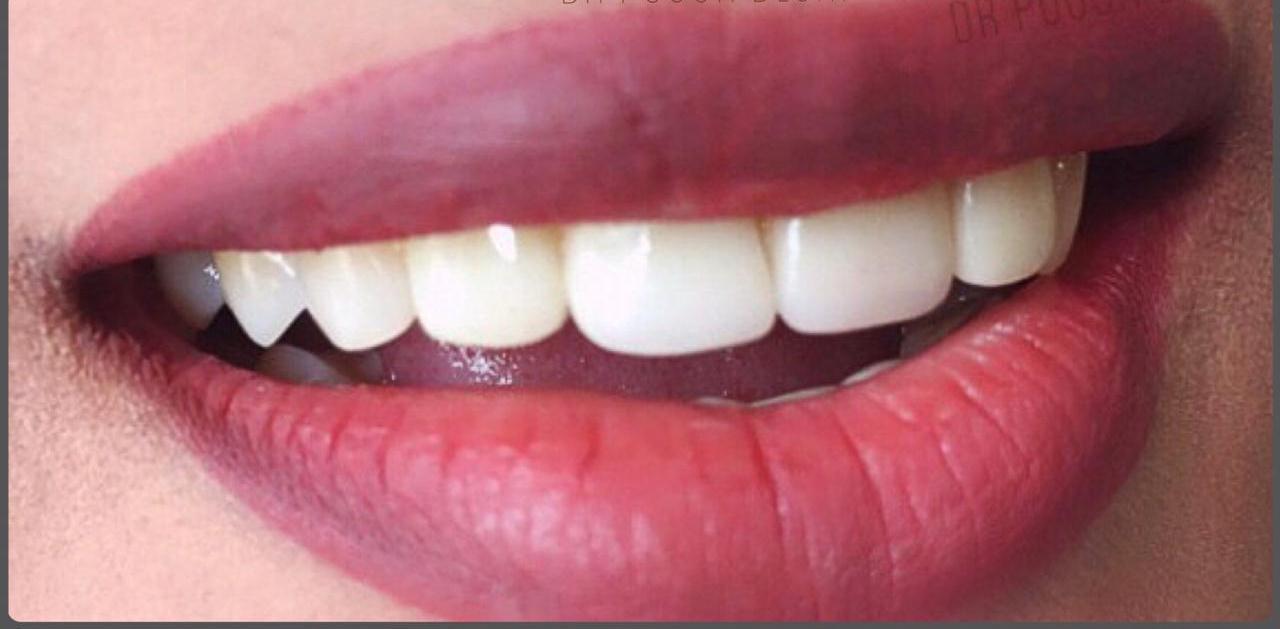
Are you tired of hiding your teeth every time you smile? Wouldn’t it be nice to have a big, bright, beautiful smile? Well, teeth whitening isn't just for the movie stars, and teeth whitening isn't just for one day. Millions of people have had their teeth bleached, and probably millions more are thinking about it. Teeth Whitening will safely lighten the color of the teeth, reduce discoloration and staining and give you a brighter smile which will last for up to five years.
The term "teeth whitening" can refer to a number of techniques to improve the brightness of the patient's teeth. Among them are office bleach and home bleach techniques. Contact us for more information on this.
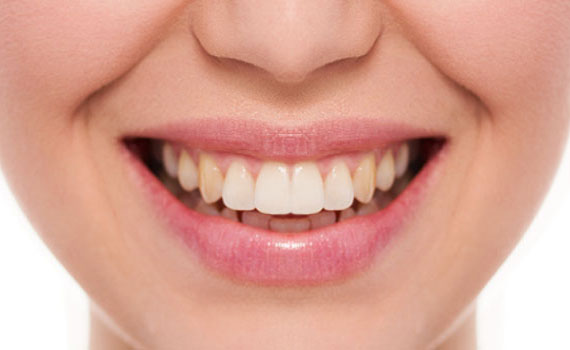
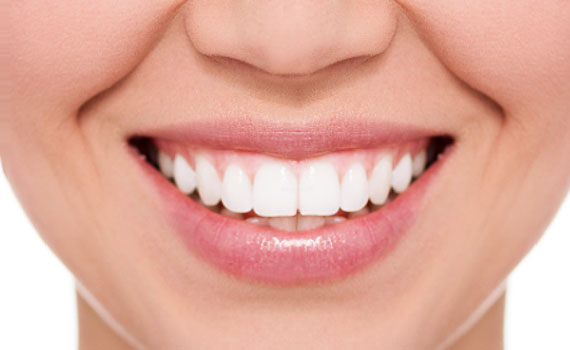
The normal colour of the gums is pink but this varies from person to person. A dark brown or blackish gum is a result of excessive melanin pigmentation which is normal but not very aesthetically pleasing specially when your gums show when you smile.The colour of the gums can be changed for cosmetic benefits by a procedure called gum depigmentation which involves surgical, chemical or laser ablation techniques.
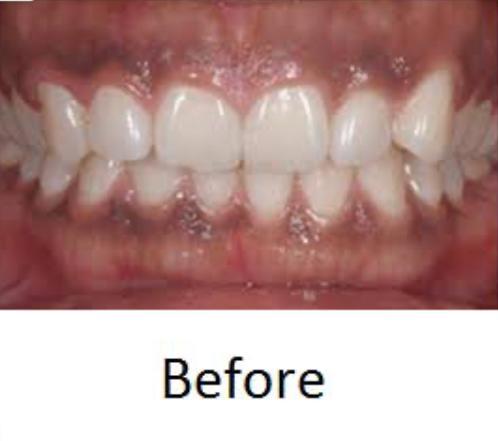
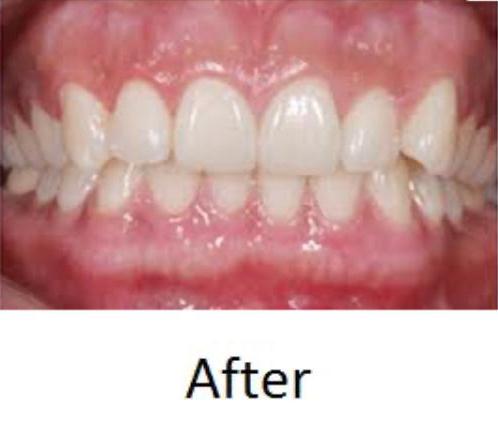
A dental crown is done when a tooth is treated with a rct or when it is severely damaged or decayed. Dental Bridges are a option to replace multiple missing teeth in cases where implants are a good option. A bridge takes support of two teeth on adjacent sides of the missing space.
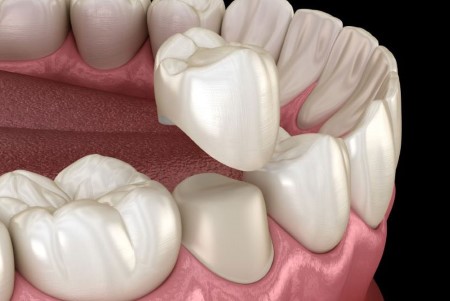
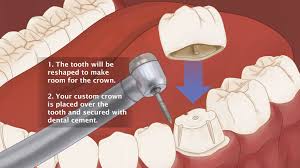
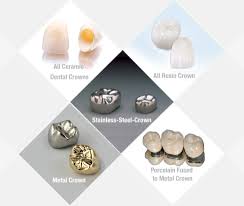
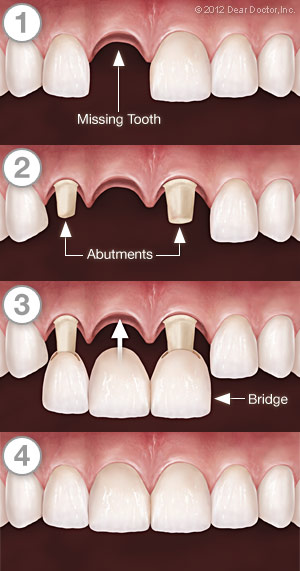
A regular visit for scaling and prophylaxis every 3 months is what we advice for maintaining a healthy oral hygiene.
This is a safe and attractive option for restoring your decayed teeth. These restorations are made to match exactly with the color of your natural teeth thus making the result a very aesthetically pleasing one.Also these restorations are mercury free and so they rule out any health risk posed by metal amalgam (silver) fillings which contain mercury.
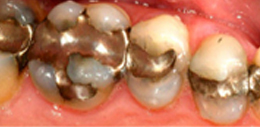
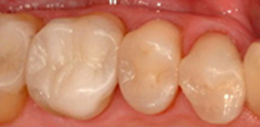
For teeth that have very poor prognosis due to increased infection there would be no choice but to extract it. We at Dental Lounge believe in Pamper.Protect.Preserve hence this would not be a treatment option but a last resort.
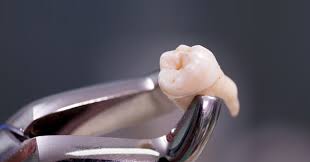
In compromised cases where Dental implants won’t be the treatment of choice full mouth / partially missing teeth can be replaced using acrylic Dentures. Dentures have improved over the years making them look even more natural and providing more comfort . These are processed in a Dental Lab using high end technology giving you a naturally looking teeth set to restore back your confidence along with your smile.
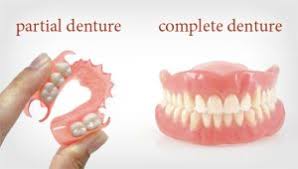


Root canal treatment is a procedure carried out to disinfect and replace the internal tissues of an infected or injured tooth.
Root canal basically involves removal of infected nerve (pulp) from inside the tooth, followed by cleaning and shaping of the canals in the tooth. The procedure is completed by filling up these canals with an inert material(Gutta Percha).This is followed by placing a protective cover (crown) on the treated tooth.
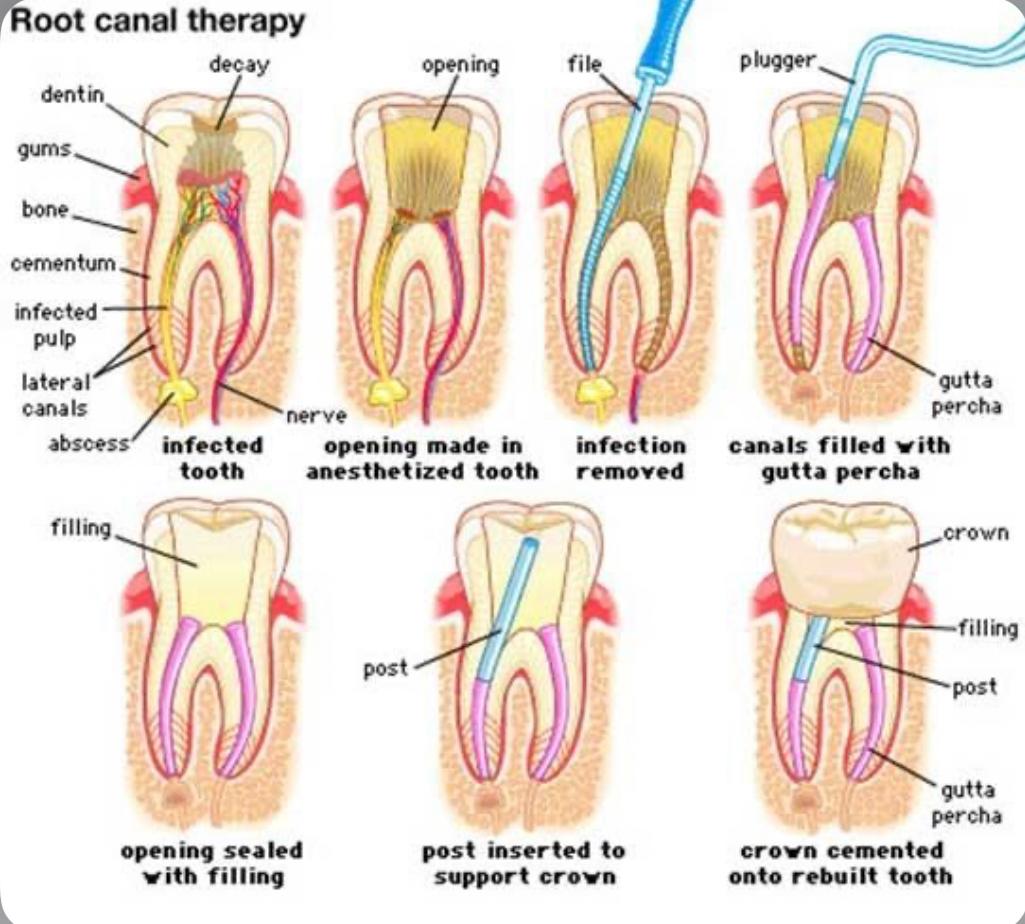
A Root Canal treatment is required when there is extensive decay( caries) in a tooth, which has progresses to reach the nerve of the tooth. If left untreated such a tooth gets severely infected and patient can experience pain and swelling.
Rct helps restore and preserve the tooth for a long period of time. The Rc treated tooth can be successfully used for chewing / biting. It allows for maintaining an aligned bite. Basically it will function and serve like any other natural tooth.
With the advanced anesthesia techniques practiced at TDL, pain associated with rct is merely a thing of the past.
Rct can be done in single sitting though sometimes it may require multiple visits.
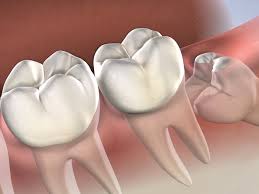
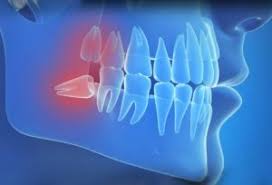


Most people have a professional remove their wisdom teeth when there is not enough room in the mouth for the wisdom teeth. The third molars can overcrowd the mouth and push the teeth out of alignment. In some cases, it may be more beneficial to remove the wisdom teeth before all the first and second molars grow in.
As such, if there is not enough room for wisdom teeth, it is better to extract them so they do not put pressure on the surrounding ones. Additionally, wisdom teeth left in the mouth can lead to pain and infections.
If teeth break through the surface of the gums and are coming in straight, then we can remove them with traditional extraction techniques. Traditional techniques involve pulling the tooth out after we numb the area surrounding the tooth. If the tooth is impacted or has yet to break through the surface of the gums, surgical extractions are necessary. In this case, the gum tissue will need to be cut open to expose the tooth.
After exposing the tooth, we can either lift the tooth out of the socket or break the tooth into pieces to remove each piece individually. Afterward, we will sufficiently clean the area, lay the gum tissue back down and suture the gums. All this is performed by qualified oral surgeons using local anesthesia on the dental chair.
After a wisdom teeth extraction, one can expect for tenderness and swelling. To minimize this, use an ice pack or cold compress for 15 minutes every hour. Placing it on the face near where the area of the wisdom tooth can help to reduce swelling. Just be sure to use a paper towel or cloth so the ice does not directly touch the skin.
Additionally, an effective oral medicines would be prescribed to reduce pain and swelling. We recommend that patients take a few days off work or school to avoid needing to communicate. It may be challenging to do so with the swelling, so this will allow for rest.
You need to avoid anything sharp or hard and stick with things which are semisolid in nature or anything that is cold like yogurts, puddings, ice cream and milkshakes for a few days. Since your gums will be sore, you probably will not want much more than this. During a follow-up appointment, we will provide directions for when normal dietary habits can commence.
If you want to know more about a wisdom teeth extraction, what it is like, and if you need one, call our clinic and schedule an appointment. We can evaluate you and let you know what the best way to proceed is.
Dental braces are used to correct problems with teeth such as crowding, too much space between the teeth, protruding teeth or bite problems. Once thought of as a treatment mainly for children, braces are now becoming common with people of all ages who wish to make the most of their teeth. Different types of braces will be used depending on the correction needed to the teeth. There are also different types of braces that will be less visible when they are worn.

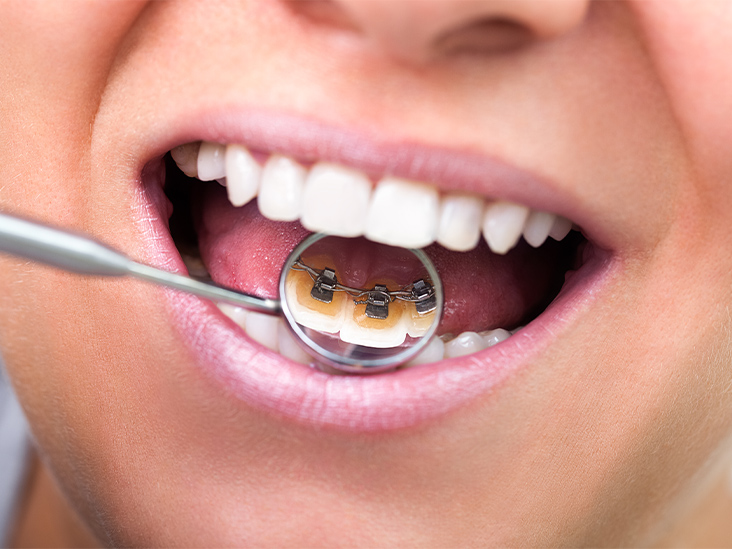
A very popular alternative to metal braces due to their lack of visibility when worn. Made of composite materials, they look very natural when fitted and will not stain teeth. Ceramic or clear braces are also very strong but may need to be worn longer. If you are paying for your orthodontic treatment then this brace will be more expensive than traditional metal braces.
“Invisible braces” are here commonly known as “clear aligners.” Aligners are one of many technological advancements that have made orthodontic treatment less conspicuous, and braces free in order to move teeth and align jaws to create a healthy, beautiful smile.
How Aligners Work
“Invisible braces” are here commonly known as “clear aligners.” Aligners are one of many technological advancements that have made orthodontic treatment less conspicuous, and braces free in order to move teeth and align jaws to create a healthy, beautiful smile.
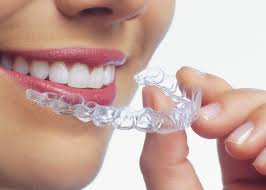
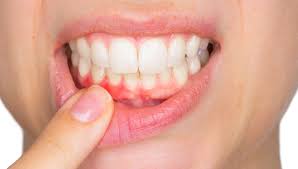
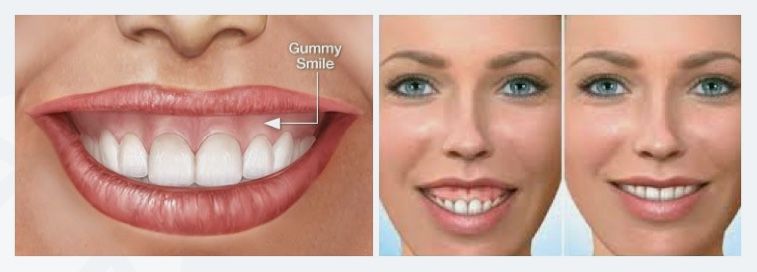
The tissue that connects the gum to the lip is called the frenum. If it is abnormally wide or long, it may connect through to the gum tissue between the teeth and extend to the front portion of the roof of the mouth. When the frenum is too wide or long, it can create a space between the two teeth, and that may require a surgical procedure performed by a general dentist, oral surgeon or other specialist.
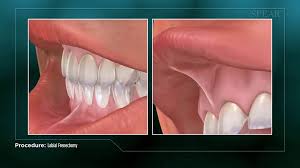
There are two primary procedures for gum surgery, depending on your current smile.
A "Gummy Smile" can occur due to wear of teeth from teeth grinding, a short upper lip, or having a longer than usual upper jawbone. This smile is when your teeth appear too small and your gums appear too large.
As your gums recede, your teeth appear longer than normal. While "long teeth" may result in an unattractive smile, you should also be concerned with root sensitivity and possible tooth loss. Recent advances in techniques and materials have resulted in significant improvements in both comfort, predictability and esthetics.
Cosmetic gum surgery can be done to reduce the excess gum and bone. The removal of these tissues allows for normal sized teeth and for a normal gum line appearance by using an instrument, usually a laser, to remove the undesirable tissue. Typically your cosmetic dentist will prescribe an antibacterial mouth rinse to be used twice a day for a two-week period following your surgery.
As your gums recede, your teeth look much "longer" than normal. Such gum recession exposes your sensitive root surface which often makes hot or cold foods and drinks a painful experience. Teeth can become loose as your gum recedes. The cosmetic gum surgery solution is basically when a cosmetic dentist or periodontist removes tissue from the roof of your mouth and then grafts it onto your gum line. This tissue then reinforces thin gums or fills in areas where your gums have receded. Typically your cosmetic dentist will prescribe an antibacterial mouth rinse to be used twice a day for a two-week period following your surgery.
Advantages & Disadvantages of Gum Surgery
Pros and Cons of Cosmetic Gum Surgery
Healing is usually quick and your more youthful and beautiful smile is obvious early on. It has been reported that cosmetic gum surgery additionally improves the health of your gums. The procedure to correct receding gums may even reduce your tooth sensitivity to cold or hot foods or beverages while protecting your roots from decay and lessening further gum shrinkage.
Cosmetic gum surgery is of course, surgery. Surgery is often performed in segments under a local anesthetic - unless you’re entire mouth is undergoing this procedure at once, then a general anesthesia is typically used.

